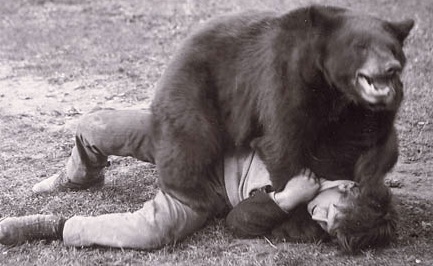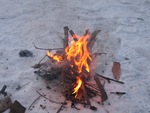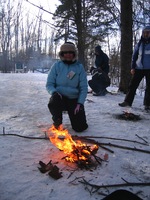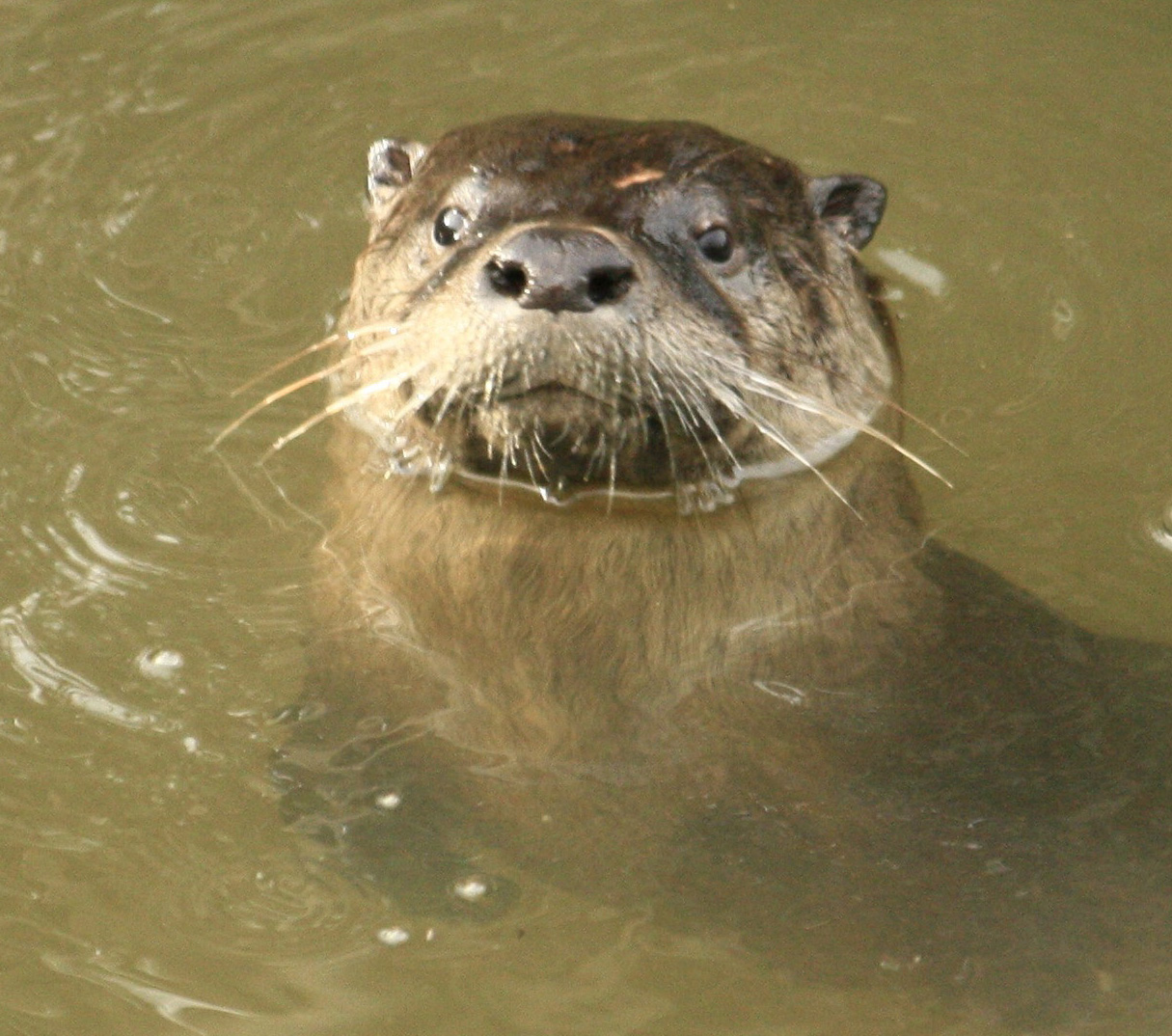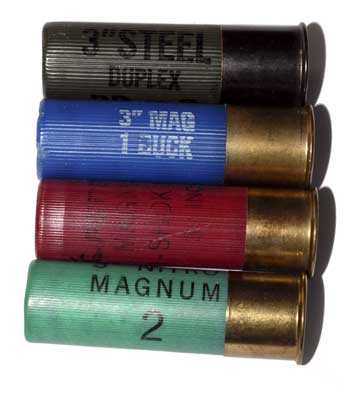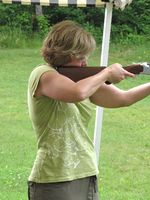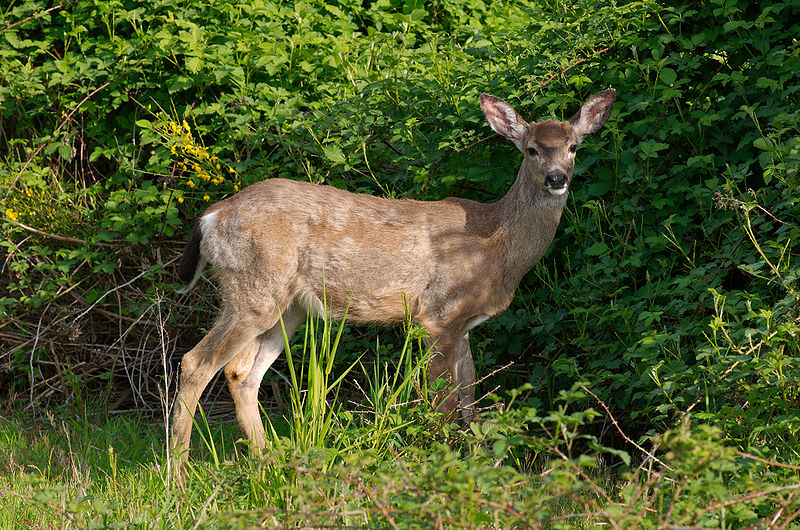I Will Survive!
 Tuesday, March 13, 2012 at 3:20PM
Tuesday, March 13, 2012 at 3:20PM  Recently a man became stranded on Mount Marcy and ended up having to spend the night alone in a shelter he dug out of the snow. Fortunately he was rescued the next morning. You can read about it by clicking here. The article discusses things you need to do to survive a winter’s night in the Adirondacks, such as staying with your group, staying calm and dressing properly. The article neglects to mention my cardinal rule for survival: staying home. Think about it – when was the last time you heard “Woman stuck at home with only a glass of wine and a good book. Film at 11.”
Recently a man became stranded on Mount Marcy and ended up having to spend the night alone in a shelter he dug out of the snow. Fortunately he was rescued the next morning. You can read about it by clicking here. The article discusses things you need to do to survive a winter’s night in the Adirondacks, such as staying with your group, staying calm and dressing properly. The article neglects to mention my cardinal rule for survival: staying home. Think about it – when was the last time you heard “Woman stuck at home with only a glass of wine and a good book. Film at 11.”
Still, there is a possibility I could become stranded on a cold Adirondack night – like if my car breaks down on the way home from a Winter Clearance Sale at the Lake George outlets. The thought of having to rely on the heat generated by an over-swiped credit card chills me to the toes of my buy-a-pair-get-a-pair-half-off shoes. So I signed up for a winter survival skills workshop through Becoming an Outdoors Woman (BOW). I figured at the very least I’d learn how to make a shelter out of shopping bags.
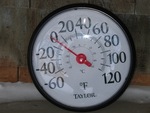 Sonny & Sheila Young, certified Adirondack guides based in Saranac Lake, NY, were the instructors. We started the afternoon inside a warm classroom. Considering it was 0° F outside, I assumed we’d stay inside and talk about survival skills in theory. I was wrong. We were told that after a discussion of necessary supplies and what to do if you unexpectedly have to spend the night in the woods (in the woods? What would I be doing there?), we would go outside and put what we learned into practice.
Sonny & Sheila Young, certified Adirondack guides based in Saranac Lake, NY, were the instructors. We started the afternoon inside a warm classroom. Considering it was 0° F outside, I assumed we’d stay inside and talk about survival skills in theory. I was wrong. We were told that after a discussion of necessary supplies and what to do if you unexpectedly have to spend the night in the woods (in the woods? What would I be doing there?), we would go outside and put what we learned into practice.
Sonny asked us what is the most important key to surviving in the winter. I fought the urge to say, “an adequate supply of cabernet.” Which was smart because an unofficial survival tip is don’t tick off the guy who knows how to get you back home. It turns out, the key to winter survival is preparation. We were given a list of the things you should take with you when going outside in the winter – a map, compass, something to help start a fire, extra clothes, and a first aid kit. There was not one mention of brownies, which made me question whether they really were experts. But according to Sonny, people can go quite a while without food. That was news to me because I was already planning what I was going to have for dinner.
Then they took us out into the woods, gave us all flint strikers, and told us each to start a fire. Everyone took off through the trees to gather things they thought would burn. Unfortunately most things don’t look flammable when they’re covered with snow. Dying a cold and lonely death out there became a distinct possibility despite the fact that buildings were visible through the trees.
Finally I’d collected enough bark, twigs and sticks to try lighting it with the flint striker. I got plenty of sparks, but none of them took. Then I remembered they’d also given us two matches. I looked around. Everyone was still using the macho striker method but no one had managed to get a fire started. I wondered if using the matches would be considered cheating. Since I was getting colder by the minute, I figured the only one I’d be cheating was Death.
I found a rock under a tree, took one of my matches and struck it against the rock. The match flickered and then went out. Not surprising since I was standing three feet away from my tinder pile at the time. (Note to BOW: consider offering a workshop entitled Survival Skills for People Too Stupid to Live) I would have cried, but my tears were frozen in their ducts.
I tried the second match, this time leaning over my little pile of tinder, but for some reason it wouldn’t light. I went back to using the striker. All of this had to be done without gloves, so my fingers were turning numb. “It would be nice to warm them by a fire, “ I thought, and then I remembered, “Oh, yeah, I can’t start one!” The irony was as bitter as the wind chill.
Others in the group were getting their fires started. Soon I’d be the only fireless one. I’d seen enough nature shows to know what happens to the weakest in the herd. I took a deep breath, telling myself not to panic and to remain positive. Then I looked down at my pathetic pile of icy twigs and was positive I was going to die.
There’s an old saying among outdoors people – actually I’m just making this up, but there should be – that you need to save your hide before your pride. So I took that to heart and lit a piece of birch bark in someone else’s fire and used it to start my own. Not exactly kosher, I know, but fortunately there wasn’t a rabbi around to issue a citation.
I learned a lot of things in that class. First, don’t get stuck in the woods in the middle of winter. Second, if you do get stuck, bring lots of matches. Third, make sure you’re with someone who can start the fire for you. And finally, I don’t care what the experts say; I’m bringing brownies.
Here I am with the fire I (kind of) started.Please disregard all signs of civilization in the background.
 Adirondack guides,
Adirondack guides,  BOW,
BOW,  Becoming an Outdoors Woman,
Becoming an Outdoors Woman,  Winter,
Winter,  camp fire,
camp fire,  survival skills in
survival skills in  BOW
BOW 


